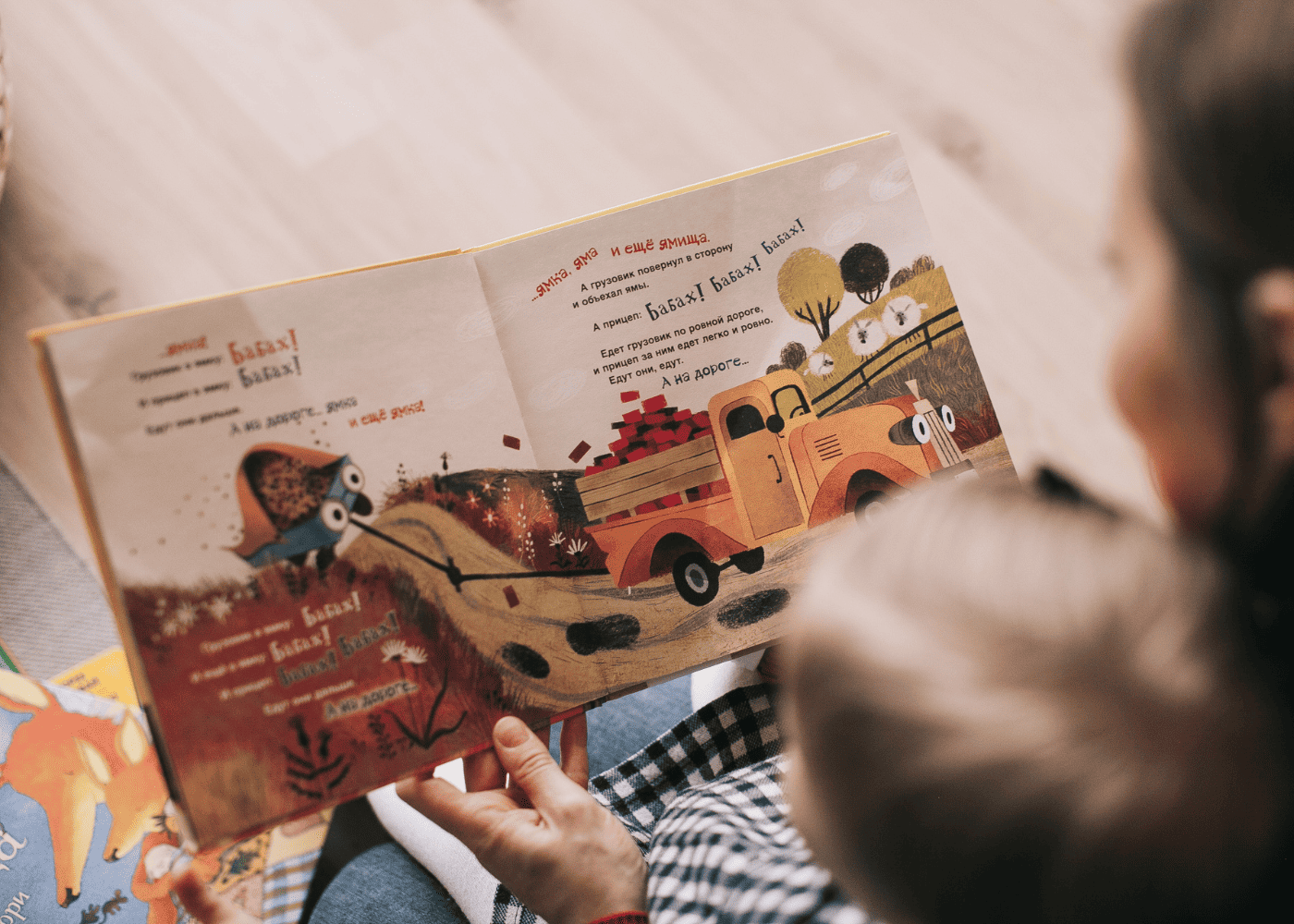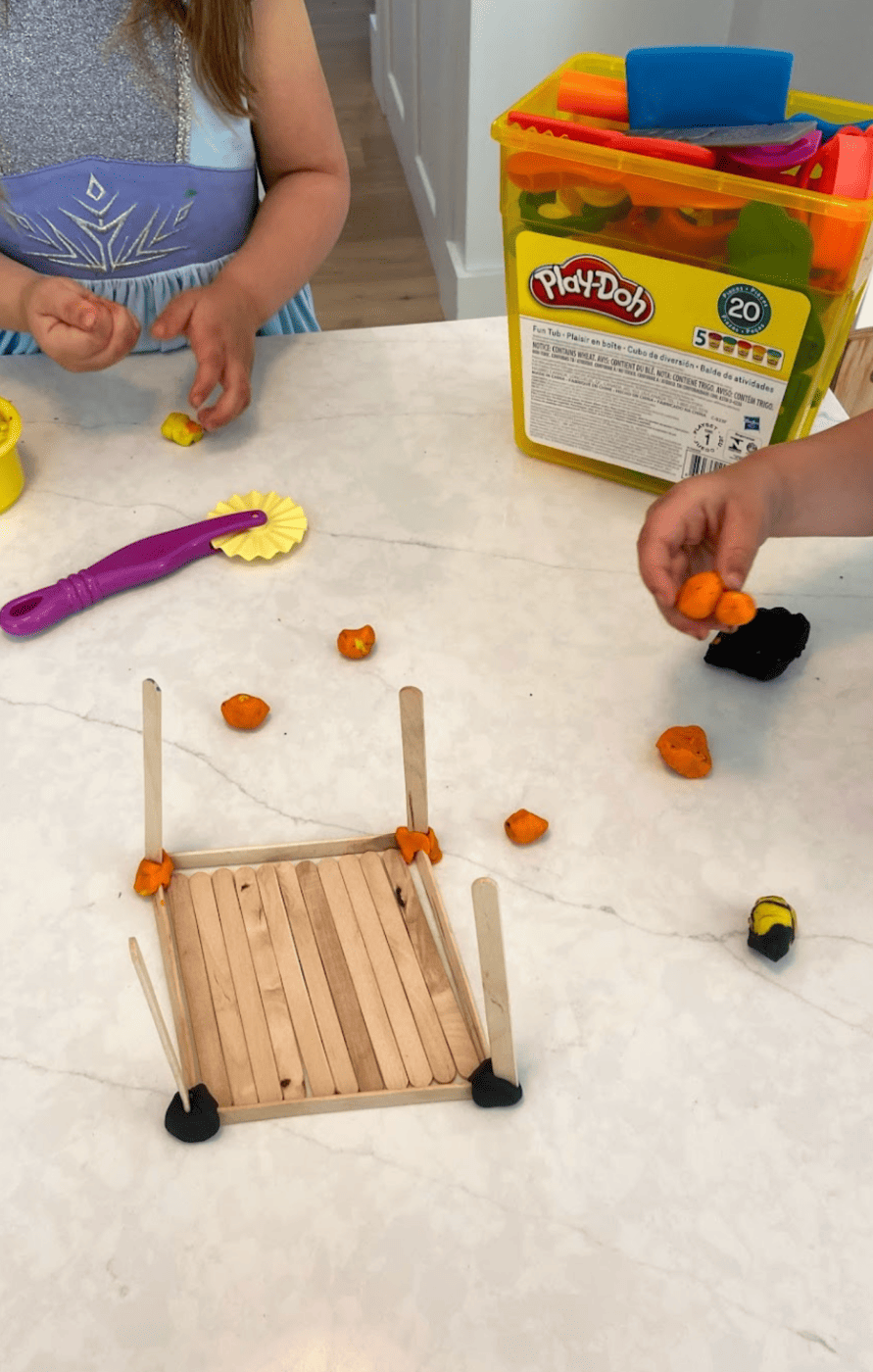Having a consistent toddler schedule is key to creating a structured and balanced routine for your child – They thrive in routine! And, a well-planned daily routine not only provides a sense of stability but also contributes to your toddler’s development and overall well-being.
In this article, we will explore the importance of a toddler schedule, how to create one, and provide a sample daily schedule to guide you. Let’s dive in!
Does a toddler schedule matter?

A toddler schedule plays a crucial role in establishing routines and a sense of order and predictability in your child’s day-to-day life. Here’s why having a well-structured routine is essential for your little one:
- Consistency and stability: Toddlers thrive on routine and predictability. A schedule provides them with a sense of security, knowing what to expect and when. It brings stability to their day and helps reduce/prevent anxiety or meltdowns.
- Establishing healthy habits: Following a routine promotes healthy habits such as regular mealtimes, proper sleep patterns, and hygiene practices like brushing teeth. It lays the foundation for a lifetime of good habits.
- Optimal growth and development: A well-structured schedule ensures that your toddler receives enough sleep, nutritious meals, and opportunities for learning and play. This contributes to their physical, cognitive, and emotional development.
- Improved behavior and mood: When a child knows what comes next, they are less likely to feel overwhelmed or act out. A consistent routine can lead to improved behavior, better focus, and a happier disposition.
- For this reason, it’s best to make your schedule visible, too! That way they can anticipate what is happening next in a way they understand. I suggest using realistic images and keeping it at their height so they can see it.
And, get our daily toddler schedule and many other must-haves for families with caregivers in our Nanny Binder! Buy it here. Or, if you’re a new nanny, give this post a read: Nanny tips for toddlers: 18 Ways to be a great nanny.
What does the research say?
Family routines have been linked to the development of social skills and academic success, and adherence to family routines has been identified as important for family resilience during times of crisis.
The Importance of Creating Habits and Routine, by Katherine R. Arlinghaus, MS, RD and Craig A. Johnston, PhD

Grab a freebie from our nanny binder template!
Part of our Nanny Binder is a daily routine printable so that you and your little ones can track their daily routine. Print out the PDF below to get it for free! Or, purchase the entire template in our shop.
How to create a daily toddler schedule
Designing a daily toddler schedule requires careful consideration of your child’s needs and age-appropriate activities. For 20 of our favorite easy activities, read our post here.
Here are some key steps to help you create an effective schedule:
1. Understand your toddler’s needs
Every child is unique, and understanding your toddler’s individual needs is crucial for creating the right schedule. Consider their age, sleep requirements, energy levels, and attention span. Observe their behavior and preferences to tailor the schedule accordingly.
2. Designate time for sleep
Adequate sleep is essential for your toddler’s growth and development. Allocate dedicated nap times and ensure a consistent bedtime routine. Create a calm and soothing environment to promote quality sleep.
According to Better Health, toddlers need 12-13 hours of sleep out of 24 hours. This means a solid night’s sleep and a 1-2 hour nap in the day between the ages of 2 and 3. Of course, each kiddo is different, so yours may not need this much sleep – But as they transition out of napping I would suggest still leaving a “quiet time” in place (though shorter than a nap).
3. Meal times
Plan regular and balanced meals throughout the day. Include breakfast, lunch, dinner, and small snacks to keep your toddler fueled and energized. Encourage healthy eating habits by offering a variety of nutritious foods.
And, be sure to provide plenty of opportunities for hydration! Toddlers need lots of water, too, but will often not realize they are thirsty. Offer it frequently.
4. Structuring playtime
Playtime is a vital component of your toddler’s day. Allocate specific periods for both structured and unstructured play. Provide age-appropriate toys and engage in activities that stimulate their imagination, creativity, and motor skills.
5. Include learning activities
Promote your toddler’s cognitive development by incorporating learning activities into their schedule. Introduce your kids to age-appropriate educational games, reading time, puzzles, or interactive toys that foster their curiosity and learning abilities.
To ensure that they are as engaged as possible, offer activities that you know they will be interested in. And, let them follow their own learning journey – Ask what they want to learn about or pay attention to the things they wonder about, question, and naturally explore.
For everything from science experiments to outdoor math, check out our Learning category!
6. Allow for quiet time
Quiet activities and downtime are important for your baby or toddler’s relaxation and emotional well-being too. Include periods of calm activities such as reading books, coloring, or listening to soft music. This helps them recharge and regulate their emotions.
Quiet time before bed is also a nice way to transition out of a busy day!
7. Establish a bedtime routine
Speaking of bedtime… A consistent bedtime routine helps signal to your toddler that it’s time to wind down and prepare for their nighttime sleep together. Include activities such as a warm bath, brushing teeth, reading a bedtime story, and cuddling. This routine will help them transition smoothly into a restful night’s sleep.
Sample daily toddler schedule
To provide you with a starting point, here’s a sample toddler schedule that we hope you can adapt to fit your child’s needs and your family’s routine:
- 7:00 AM: Wake up and morning routine
- 7:30 AM: Breakfast
- 8:00 AM: Structured playtime
- 9:00 AM: Learning activities
- 10:00 AM: Snack time
- 10:30 AM: Outdoor time or park visit
- 12:00 PM: Lunch
- 1:00 PM: Nap time
- 3:00 PM: Wake up and quiet activities
- 4:00 PM: Free play or playdate
- 5:30 PM: Dinner
- 6:30 PM: Bath time and bedtime routine
- 7:30 PM: Bedtime
Remember, this is just an sample schedule, and you can customize it based on your toddler’s needs and your family’s other commitments in order to create the perfect toddler schedule that works for everyone.

Tips for making a successful toddler schedules
To make your preschool and toddler schedules work effectively, consider the following tips:
1. Be flexible and adjust as needed
Every child goes through different phases, their schedules and their needs may change over time. Be open to adjusting the schedule when necessary to accommodate growth spurts, developmental milestones, or changes in your toddler’s routine.
2. Communicate and stick to the schedule
Consistency is key when it comes to a toddler schedule. Communicate the routine to your child using simple language and visual cues. Stick to the schedule as much as possible to establish a predictable pattern.
And, make sure the other adults in your child’s life are working to keep the routine. We suggest creating a nanny binder if they have caregivers consistently. That’s why a schedule is part of our Nanny Binder template, which you can buy here.
3. Incorporate transition times
Transitioning from one activity to another can be challenging for toddlers. Allow a few minutes of transition time between activities to help them adjust and avoid meltdowns. Use gentle reminders and visual timers to have parents signal upcoming transitions.
I always give 5 and 2-minute warnings (especially when working with kiddos that have exceptionalities!). I also emphasize the next activity we are doing to make it less upsetting that the current task is ending. Giving a heads up makes a world of difference, even if you’re in a big rush.
4. Make it fun and engaging
Engage your toddler throughout the day by making the daily schedule more fun and interactive. Incorporate games, songs, or playful language during routine tasks like brushing teeth or getting dressed. This helps create positive associations with daily activities. And, it helps with transitions!
5. Prioritize self-care and rest
As a parent, it’s essential to prioritize self-care and rest. A well-rested and relaxed parent can better support their child’s routine. Take breaks when needed, seek support from your partner or loved ones, and remember to recharge yourself. And, remember, you don’t always need to be creating fun and exciting activities – Sometimes the best thing for kiddos (and you!) is unguided play that doesn’t require any prep.
Another example of a toddler schedule
Here is another example of a toddler chart that you could use!
Conclusion
Establishing a toddler schedule is an investment in your child’s well-being and development. It provides them with the stability, predictability, and nurturing environment they need to thrive. By understanding your toddler’s needs, incorporating into toddler schedules’ essential elements like sleep, meals, play, and learning, and adapting the schedule as necessary, you can create a balanced routine that supports their growth. Remember, a toddler schedule is not meant to be rigid but rather a flexible framework that brings structure and joy to your little one’s day.
Resources
Check out the links below for some awesome toddler activities!
- First coloring book: Simple toddler activity pages for ages 1-3
- 20 Quick and easy activities for toddlers
- Rainy day activities for toddlers
- Science activities for preschoolers: Toddler STEM
- Early literacy tips for parents: 5 Ways to encourage toddlers
Frequently asked questions about a toddler schedule
What if my toddler doesn’t follow the schedule?
Toddlers may not always follow the schedule perfectly, and that’s okay. Be flexible and adapt as needed. Consistency and gentle reminders can help them gradually adjust to the routine. And, remember, it takes a while for a new routine to stick!
Q: How long should nap times be for toddlers?
Nap times vary depending on your toddler’s age and individual needs. On average, toddlers may nap for 1-3 hours during the day. Observe your child’s behavior and adjust accordingly.
Can I include screen time in my toddler’s schedule?
While limited and age-appropriate screen time is totally fine, it’s important to prioritize interactive and hands-on activities for your toddler’s development. Screen time should be balanced with physical play, social interaction, and learning experiences.
How can a toddler schedule make my life easier?
A toddler schedule brings structure and predictability to your day, making it easier to plan activities, meals, and transitions. It reduces stress by providing a framework to follow and helps create a harmonious routine for the whole family.
References
Typical sleep behaviour (5) – toddlers 2 to 3 years, by Better Health

